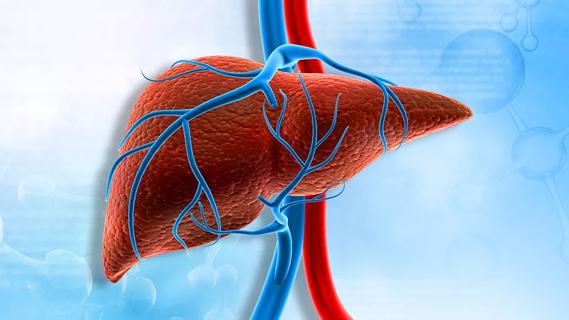Dietitians double their recommendations for copper intake following recent study

Neonates with ostomies may not receive adequate copper supplementation in parenteral nutrition (PN) if based on the established recommendations, according to a new study published in Nutrition in Clinical Practice. Copper deficiency can cause anemia, neutropenia, skeletal abnormalities and hypopigmentation of hair and hypercholesterolemia.
Cleveland Clinic is a non-profit academic medical center. Advertising on our site helps support our mission. We do not endorse non-Cleveland Clinic products or services. Policy
“The current standards for copper nutrition were established 30 years ago. So, it’s important sometimes to go back and see if the established standards still fit,” states Kadakkal Radhakrishnan, MD, Director of Nutrition and Intestinal Rehabilitation at Cleveland Clinic Children’s and senior author on the paper. “A lot has changed since the standards were introduced. Babies born prematurely are more likely to survive, for one. We have made advances in laboratory science and our understanding of the disease process. We want to make sure we are also moving in the same way with regards to established standards.”
At Cleveland Clinic Children’s, this quest to determine the appropriate levels of copper supplementation began when a patient developed anemia during a national copper shortage. Dietitians were temporarily unable to add copper to the patient’s home total parenteral nutrition (TPN) regimen.
According to Andrea Adler, RD, the patient became so anemic that blood transfusions were required. “When we saw the patient’s copper level, we knew it must have played a role in the patient’s anemia,” says Adler, who was first author on the paper.
The study was a retrospective analysis of data from NICU patients who had surgeries resulting in ostomies. The patients received PN support with 20 µg/kg/day of copper – the amount recommended by the American Society for Parenteral and Enteral Nutrition which follows the standards that were created by the American Society for Clinical Nutrition in 1988. Copper and ostomy output where measured daily. Researchers found that 71% of study participants had low serum copper, and 40% of these patients were anemic. No cases of elevated serum copper were found.
With only seven participants, making generalizations are impossible. This limitation is a common one — there just aren’t that many neonates with short bowel syndrome. The previously established standards were also based on a small number of patients, according to Dr. Radhakrishnan.
Another reason the recommendations for copper are inadequate in this population is that “many of the nutrition studies on infants are based on the intake of a healthy breastfed baby. That is, a term infant with no surgical intervention. It’s important to remember that each baby is different,” Adler explains.
In spite of the small sample size, based on these findings, the department of Pediatric Nutrition Services has changed its practice, doubling the amount of copper in PN for NICU patients with a diagnosis of short bowel syndrome. “These patients tend to lose more copper due to high stoma output. This study gives us insight into the needs of our patients, allowing us to be more thoughtful and proactive about their individualized nutrient requirements,” Dr. Radhakrishnan says.
“By definition, short bowel means that you’re not able to sustain enteral autonomy,” explains Dr. Radhakrishnan. “A diagnosis of short bowel is generally made if the patient is unable to maintain enteral nutrition for more than two weeks without intervention with parenteral nutrition.”
Common causes of short bowel in neonates include gastrochisis, necrotizing endocolitis, volvulus, multiple atresia, microvillus inclusion disease and tufting enteropathy. Incidence is approximately 24.5 per 100,000 live births, and is greater in premature infants. Clinical symptoms vary by type and severity, and can include excessive fluid loss, an inability to absorb macronutrients and micronutrients, as well as poor weight gain. Treatment standards include a protocol of advancing feedings over time, with a goal of enteral autonomy as tolerated.
“The good thing about babies it that they can adapt better than an adult with short bowel,” Dr. Radhakrishnan states.
Finding the right balance of micronutrients and macronutrients helps optimize outcomes for these fragile infants. Cleveland Clinic Children’s has a comprehensive nutrition team to manage this patient population.
“We screen NICU patients for nutrition issues on admission. If a patient has some sort of nutritional issue going on, we see them several times each week, and have input on the macronutrients in their TPN. We also make personalized recommendations about micronutrient supplementation,” says Adler.

Pediatric and adult gastroenterologists offer team care for patients with eosinophilic esophagitis

Rare genetic variant protected siblings against seizures and severe hypoglycemia

3 pediatric gastroenterologists discuss advances in their diagnostic toolkits

Calculator saves time, reduces error

Sandra Kim, MD, unpacks the problem and shares ways to help your patients

Cleveland Clinic specialists discuss challenges and opportunities for managing the disease

Navigating a complex case during a national copper shortage

Dr. Kim shares her vision for the department, clinical and research interests, and much more